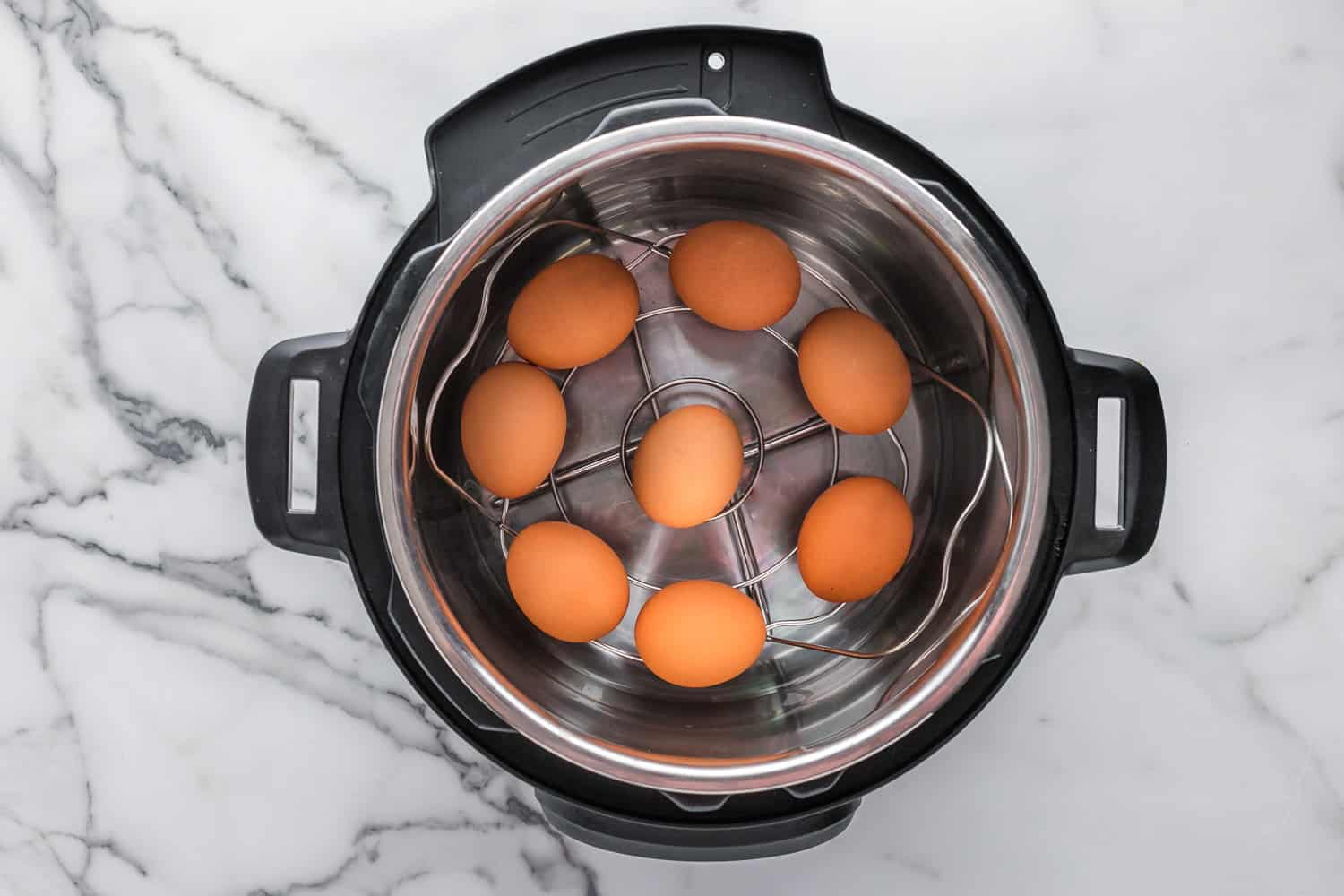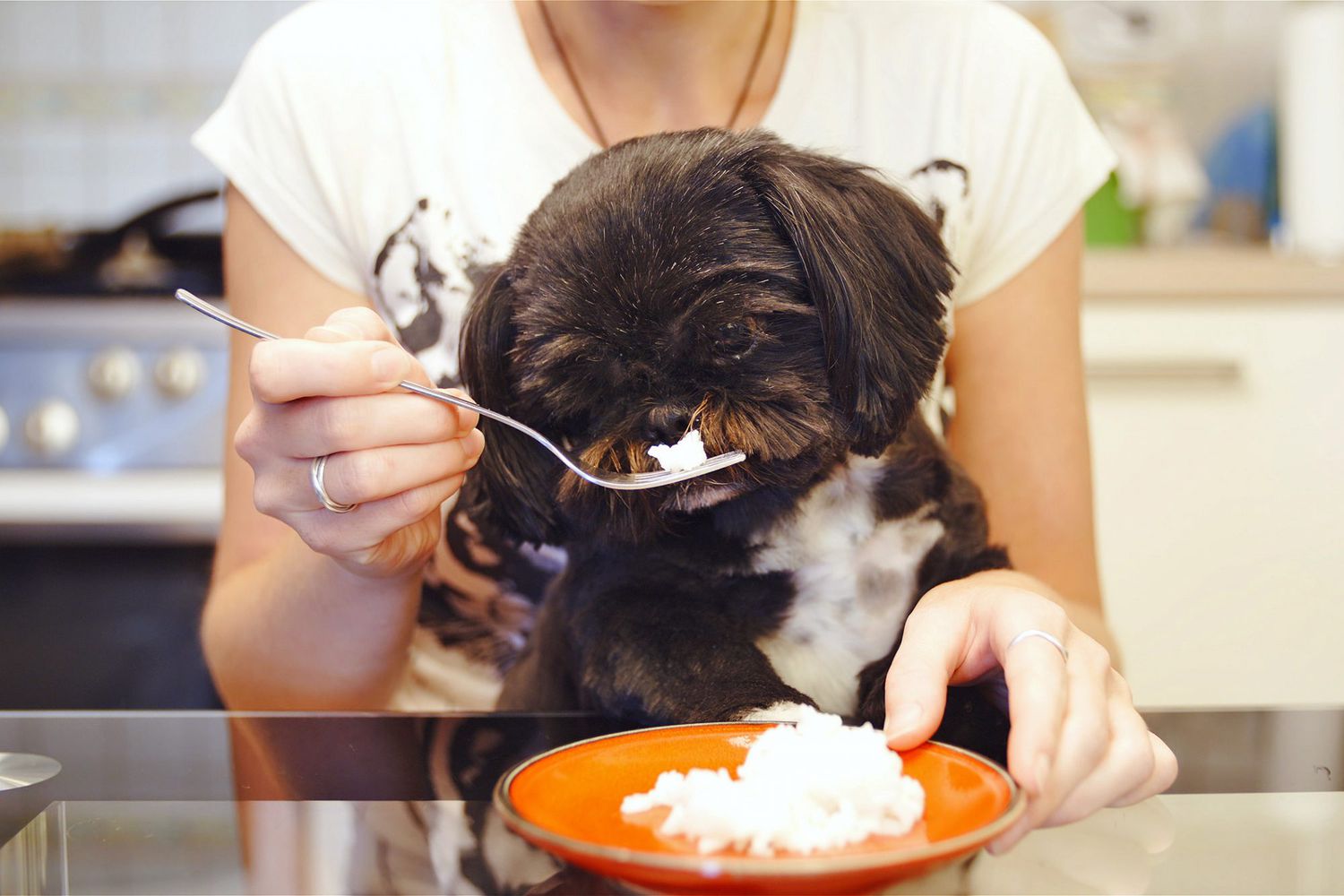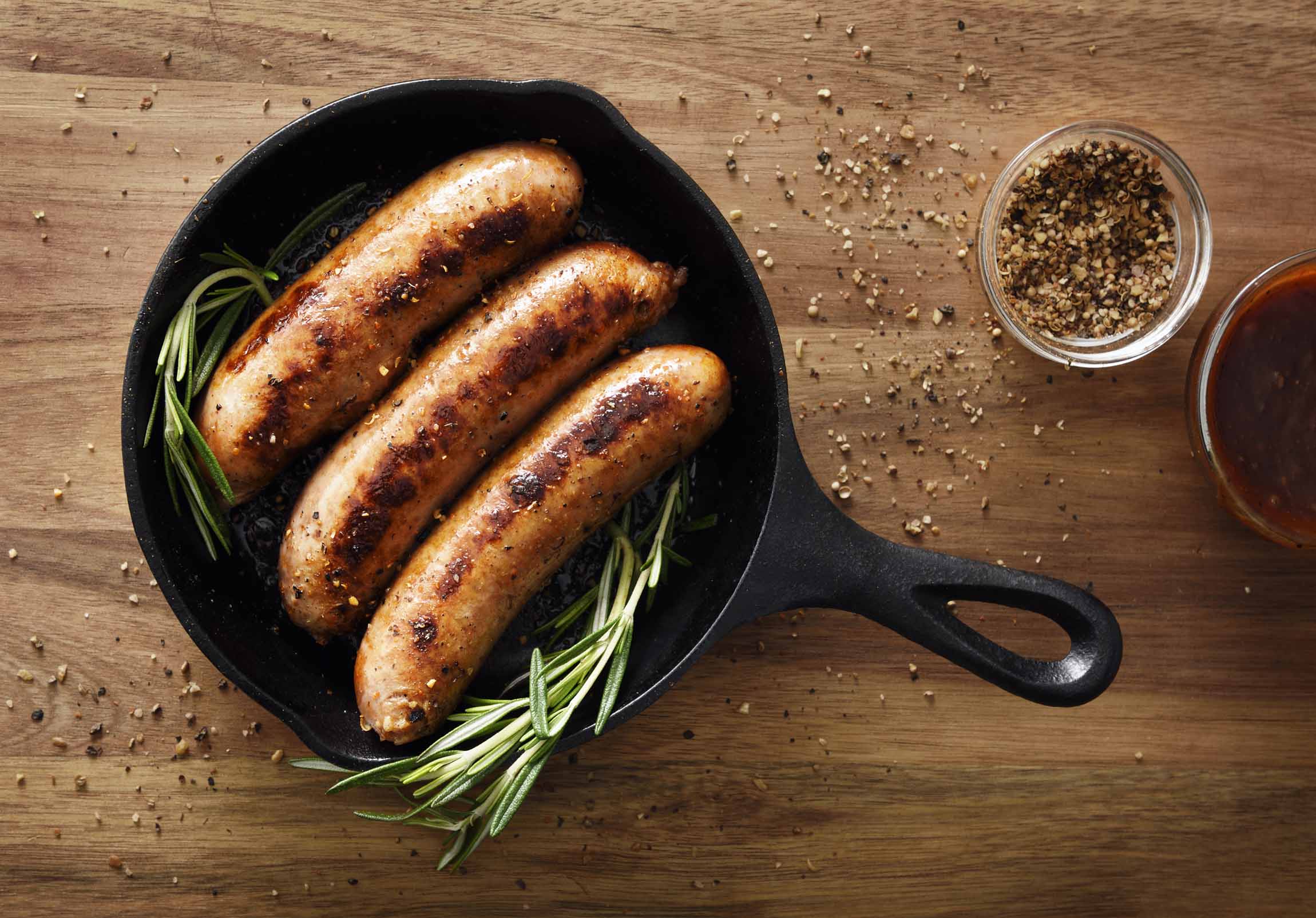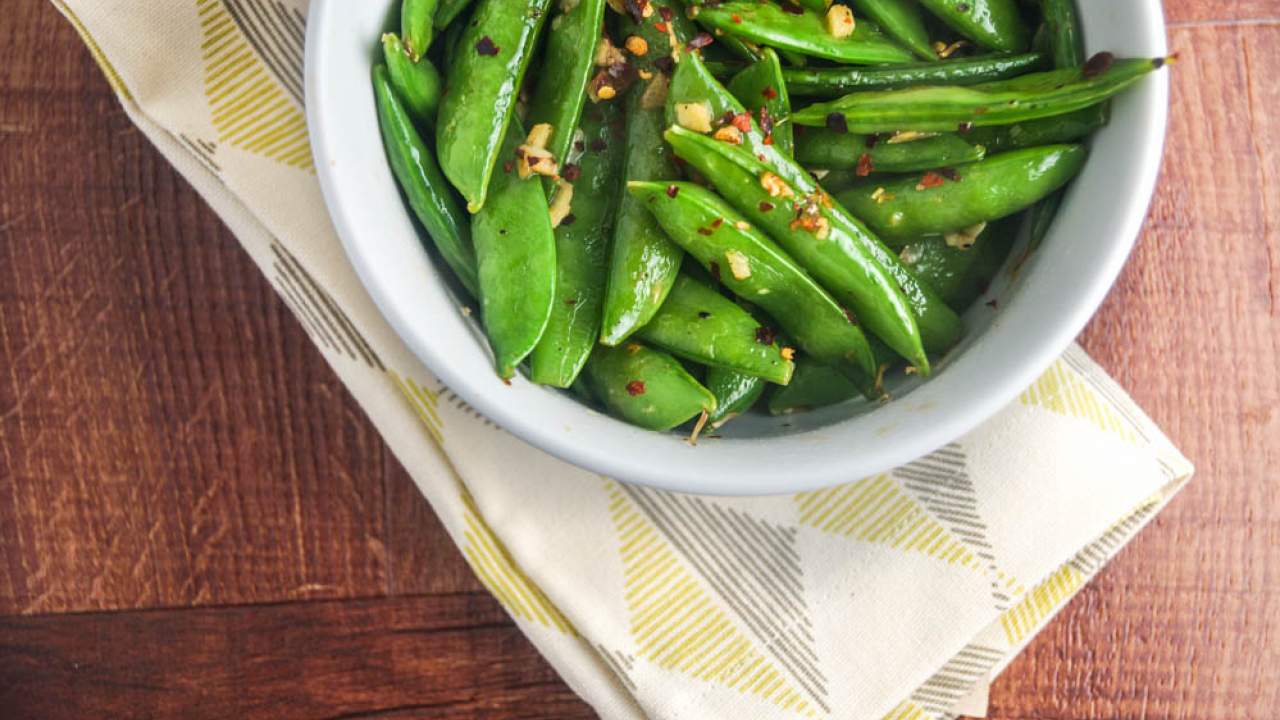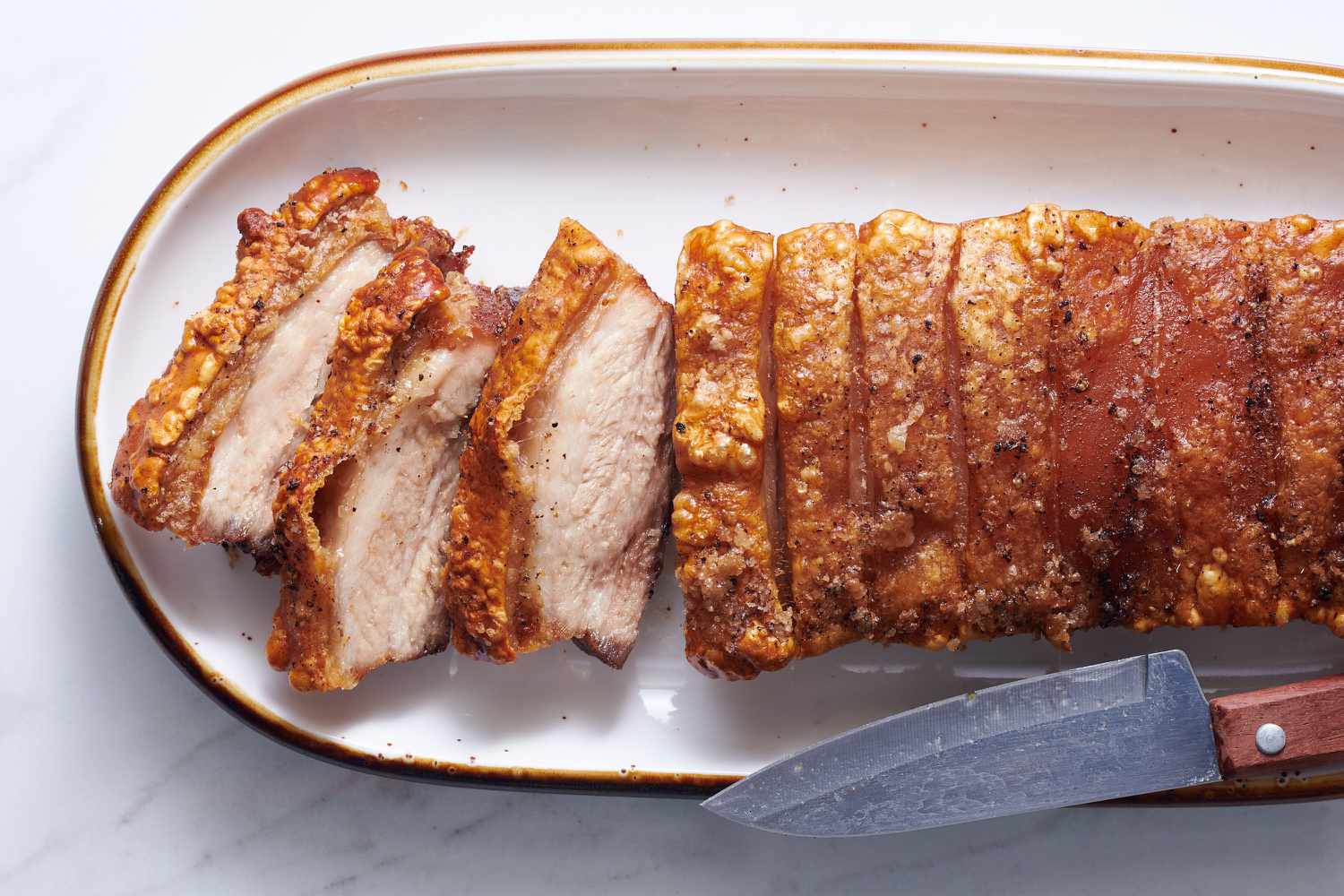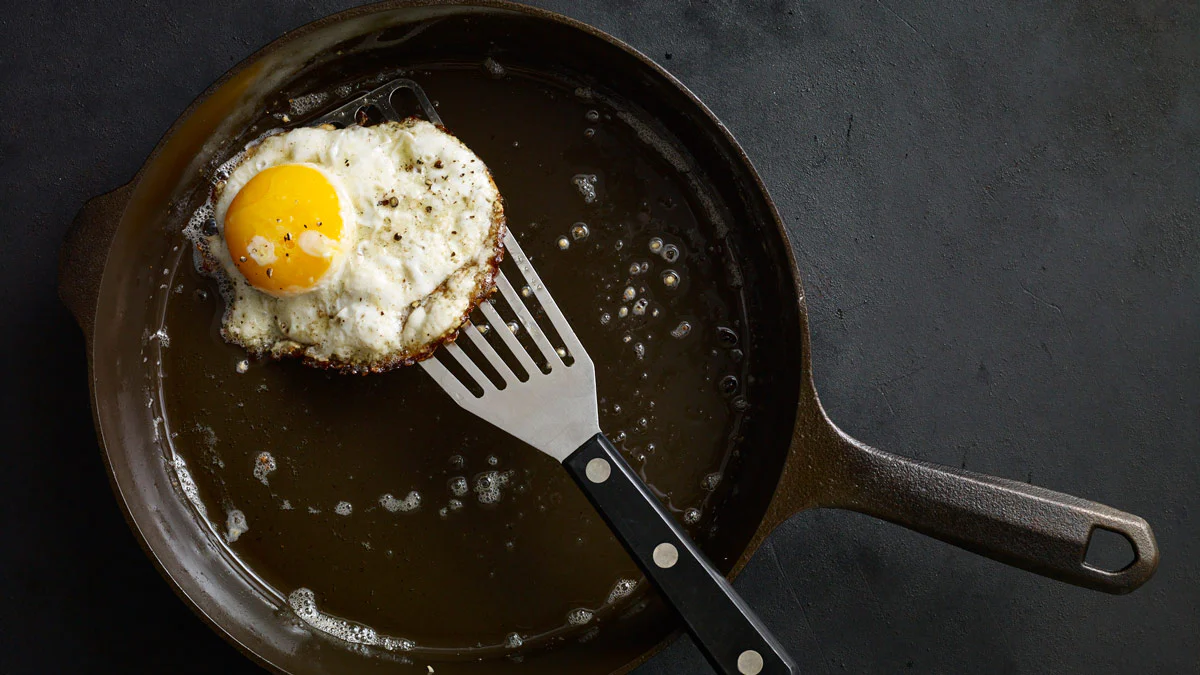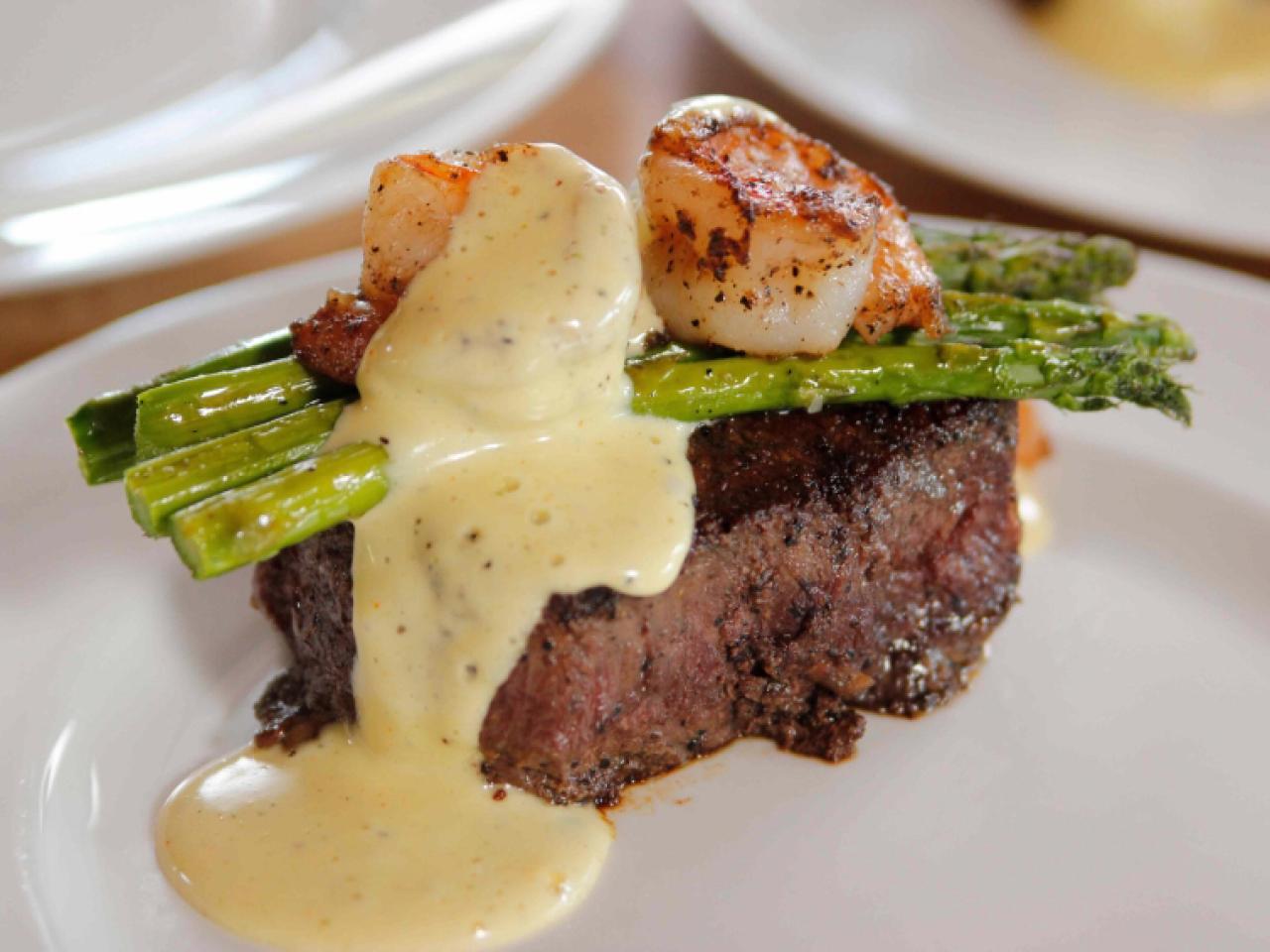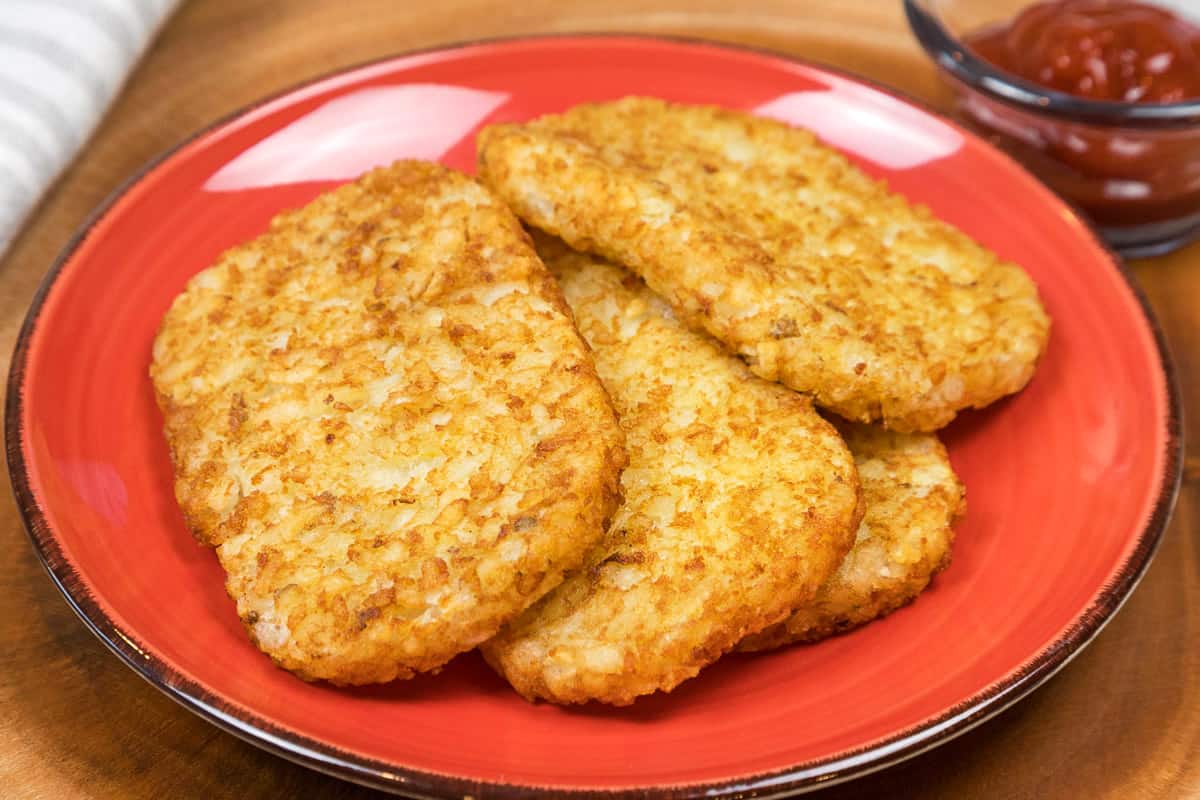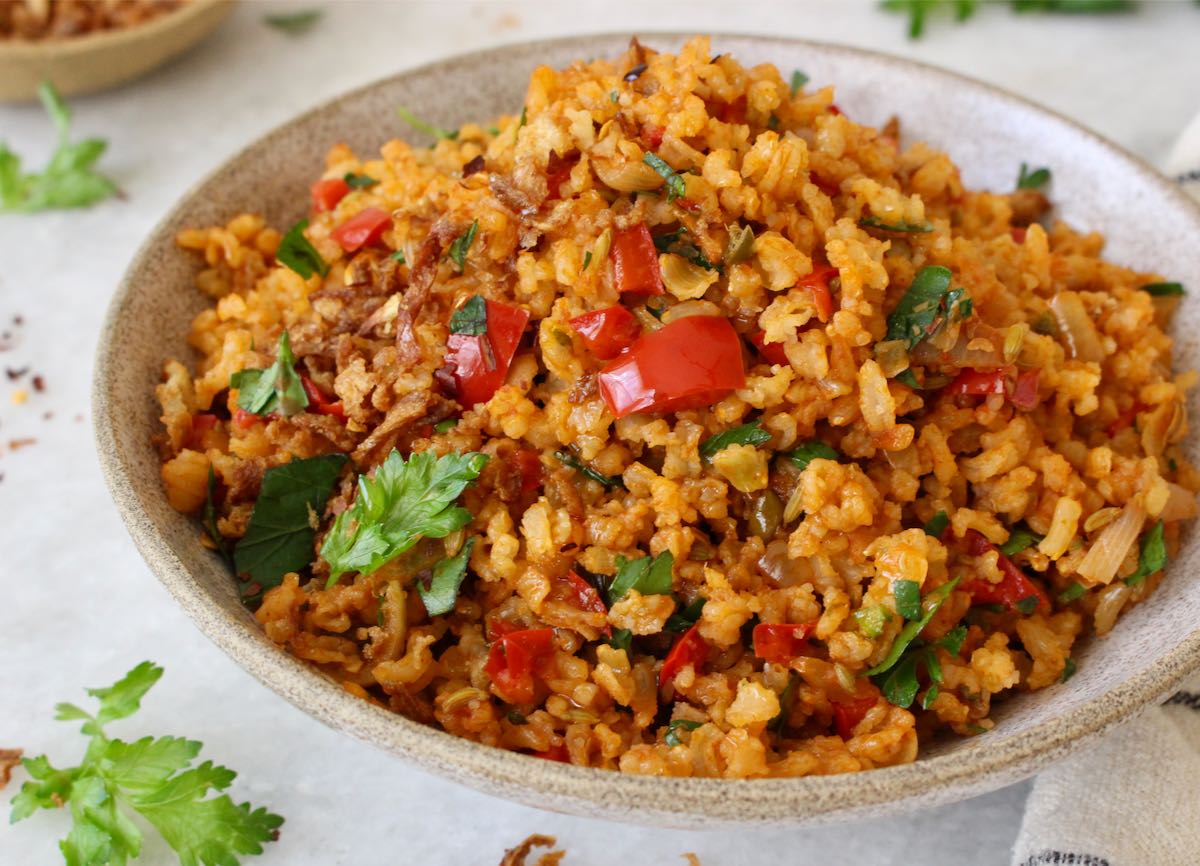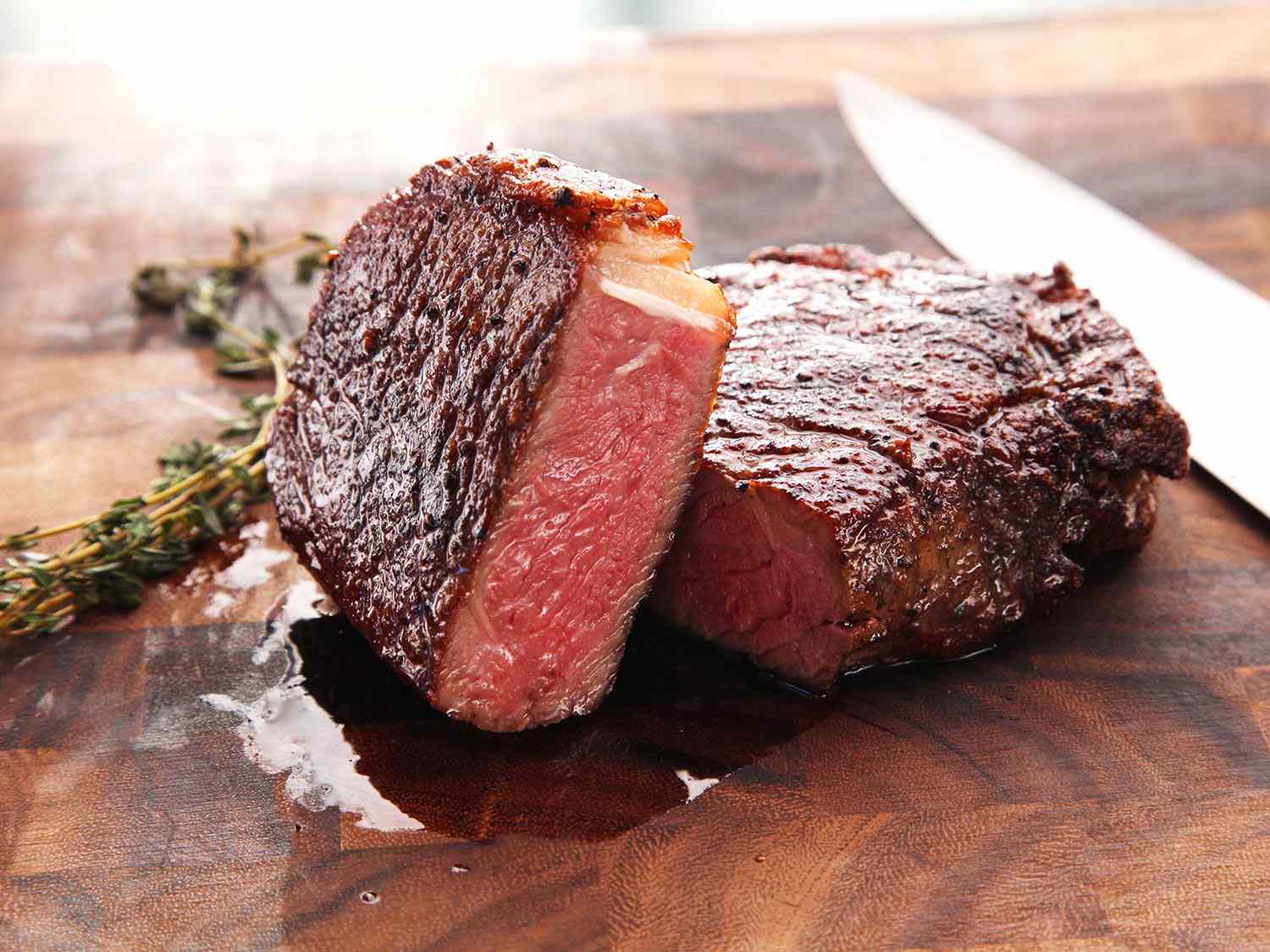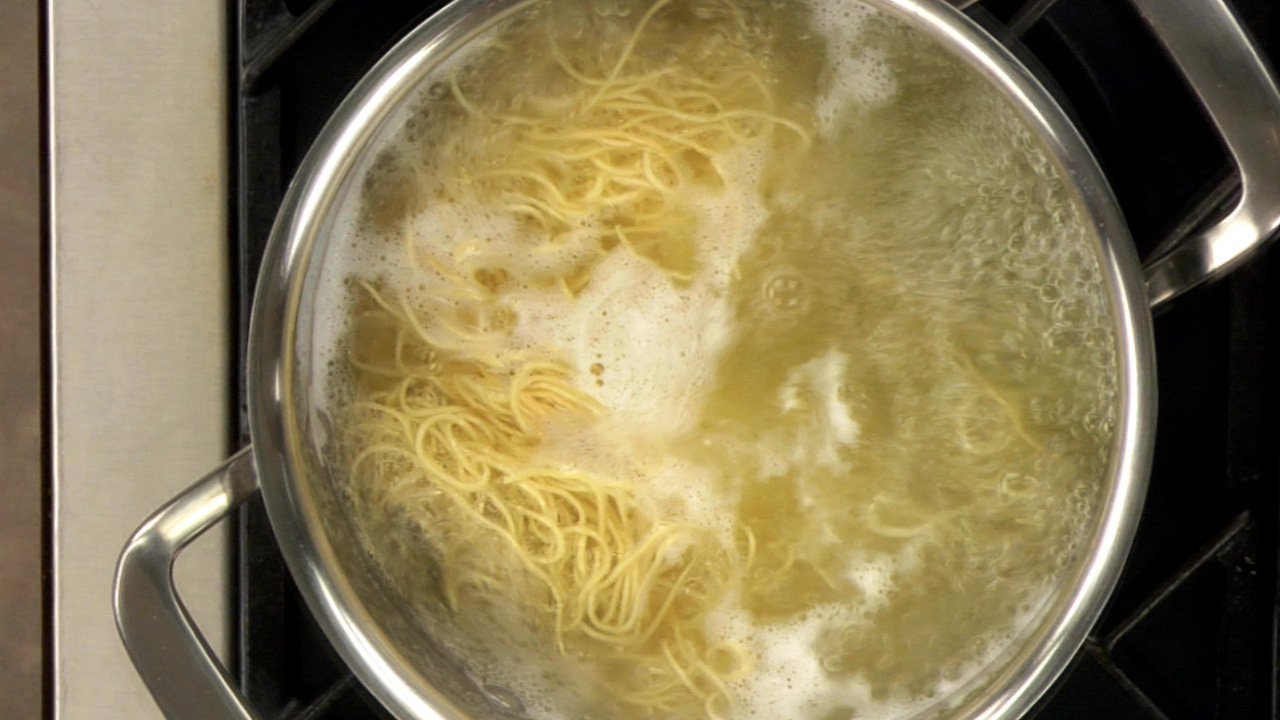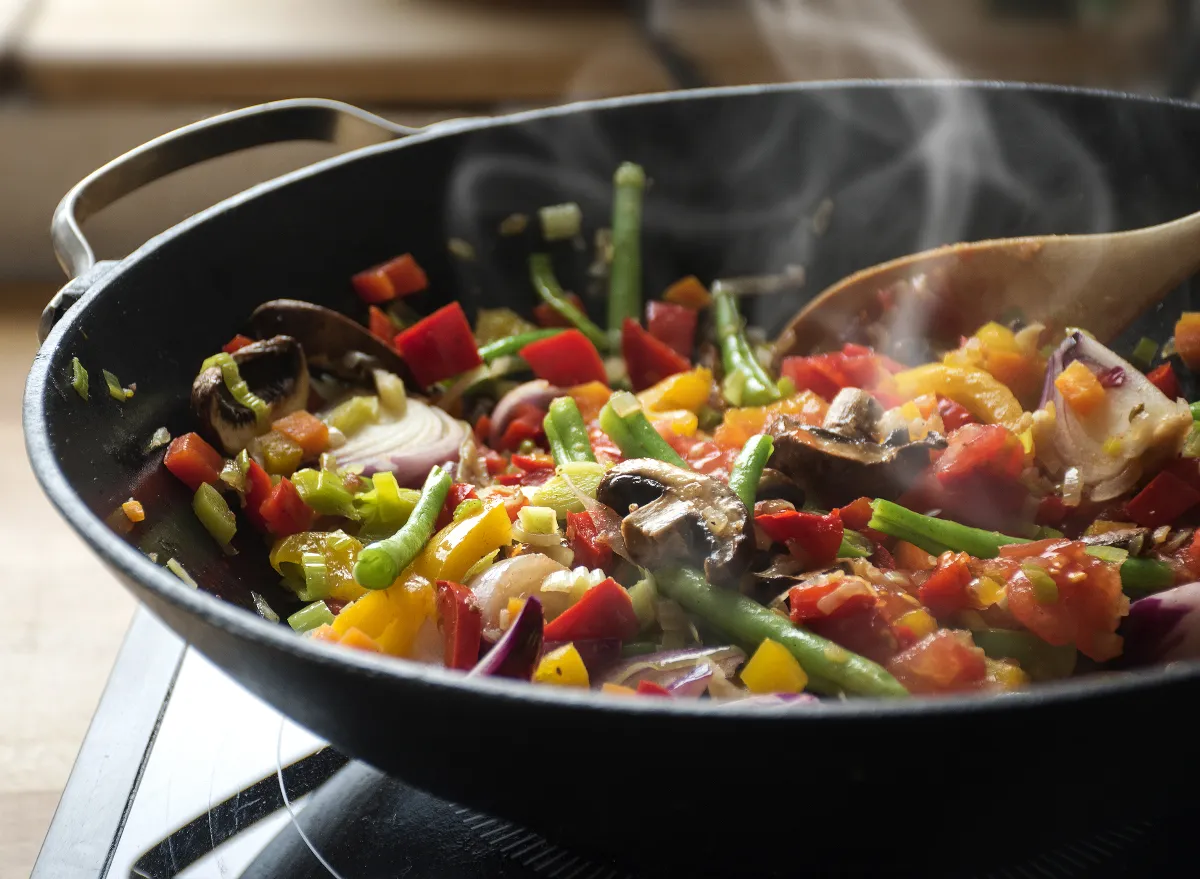How To Cook Pork Butt
Are you ready to take your culinary skills to the next level? Look no further than pork butt, a versatile and flavorful cut of meat that can be transformed into mouthwatering dishes. Whether you’re planning a weekend barbecue or a cozy family dinner, mastering the art of cooking pork butt will surely impress your guests and satisfy your taste buds. Let’s dive into the step-by-step process of preparing and cooking this delicious cut of meat.
1. Choose a high-quality pork butt
When it comes to cooking pork butt, selecting the right meat is crucial. Look for a well-marbled piece of pork butt with a layer of fat on top. The fat will render and baste the meat as it cooks, resulting in a tender, juicy, and flavorful dish.
2. Prepare the pork butt
Before cooking, it’s essential to properly prepare the pork butt. Trim any excess fat and silver skin, which can prevent the meat from absorbing flavors. Season the pork butt generously with your favorite rub or a simple combination of salt, pepper, and spices. Let it marinate in the fridge for at least a few hours, or overnight, to enhance the flavor.
3. Choose your cooking method
There are several methods you can use to cook pork butt, depending on your time and equipment. Here are a few popular options:
- Smoking: Slow-cook the pork butt over indirect heat and flavored wood chips for a rich smoky flavor.
- Roasting: Cook the pork butt in the oven at a low temperature for a tender and succulent result.
- Grilling: Sear the pork butt on high heat, then finish it off over indirect heat for a deliciously charred and juicy exterior.
4. Cook the pork butt low and slow
Pork butt is a cut of meat that benefits from low and slow cooking. Set your cooking equipment to a low temperature, around 225-250 degrees Fahrenheit (107-121 degrees Celsius). This slow cooking method allows the meat to become incredibly tender and allows the fat to render, resulting in a melt-in-your-mouth texture.
5. Monitor the internal temperature
Using a meat thermometer, monitor the internal temperature of the pork butt as it cooks. The recommended internal temperature for pork butt is approximately 195-205 degrees Fahrenheit (90-96 degrees Celsius). This ensures that the meat is cooked thoroughly and becomes incredibly tender.
6. Rest and slice
Once the pork butt reaches the desired internal temperature, remove it from the heat and let it rest for about 20-30 minutes. This allows the juices to redistribute, creating a more moist and flavorful result. After resting, use a sharp knife to slice the pork butt against the grain, which helps to maximize tenderness.
7. Get creative with serving options
Now comes the fun part – serving your perfectly cooked pork butt. Here are some delicious serving suggestions:
- Pulled Pork Sandwiches: Serve the sliced pork butt on a soft bun with your favorite barbecue sauce and coleslaw.
- Tacos or Burritos: Fill tortillas with pork butt, add salsa, avocado, and your favorite toppings for a flavorful Mexican-inspired meal.
- Pork Butt Hash: Dice the cooked pork butt and sauté it with potatoes, onions, and peppers for a hearty breakfast dish.
There you have it – a comprehensive guide on how to cook pork butt. With these tips and a bit of practice, you’ll be able to create delectable pork butt dishes that will leave your friends and family wanting more. So fire up the grill, preheat the oven, or fire up the smoker, and get ready to cook up something delicious!
Was this page helpful?
Read Next: How To Cook A Pork Tenderloin In A Crock Pot
